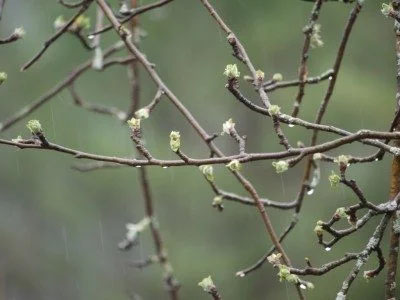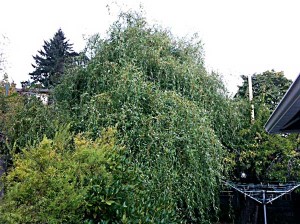With the late spring, many of the fruit trees have not budded by now. There is still a small window of time to spray dormant spray for pest control later in the year.

“Dormant oil sprays are used on fruit trees before the buds begin to swell and suffocate insects and their eggs nesting in branches. Using dormant oil on fruit trees doesn’t completely eliminate the problem with these pests, but it is the best way to cut off most of the population, leaving a simpler problem later in the season.”
Read more at Gardening Know How: What Is Dormant Oil: Information About Dormant Oil Sprays On Fruit Trees https://www.gardeningknowhow.com/edible/fruits/fegen/dormant-oil-information.htm
 October is also a good time to get deciduous hedges and those big trees pruned before the winter gales.
October is also a good time to get deciduous hedges and those big trees pruned before the winter gales.
